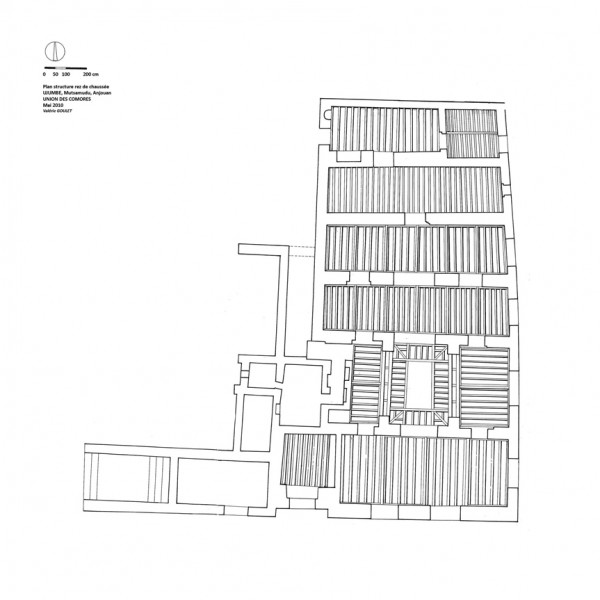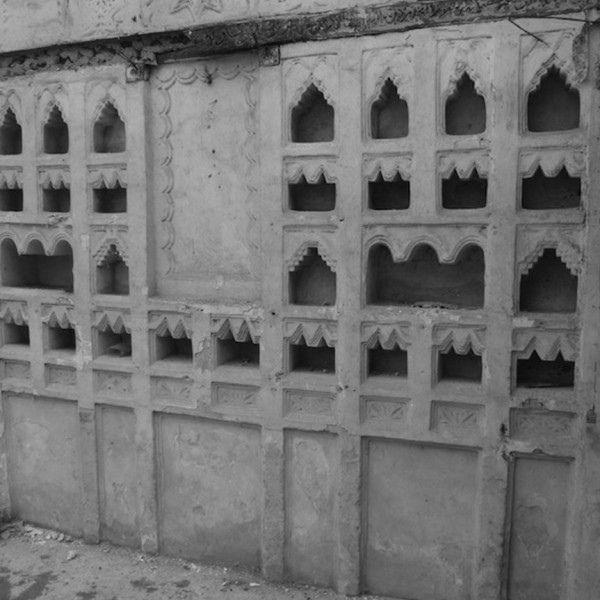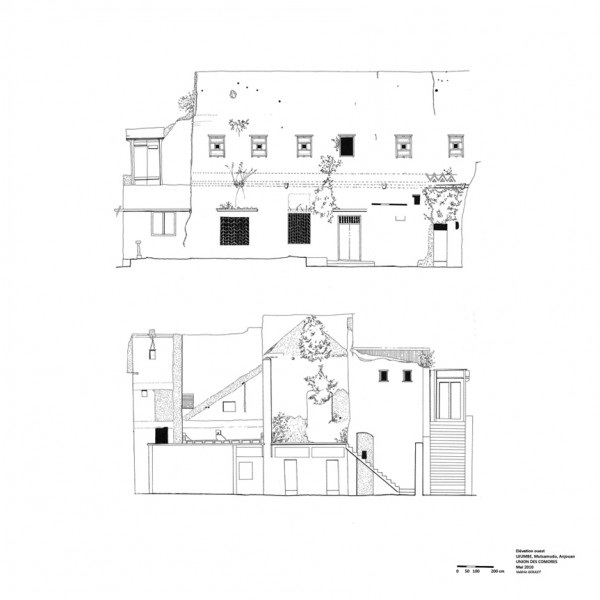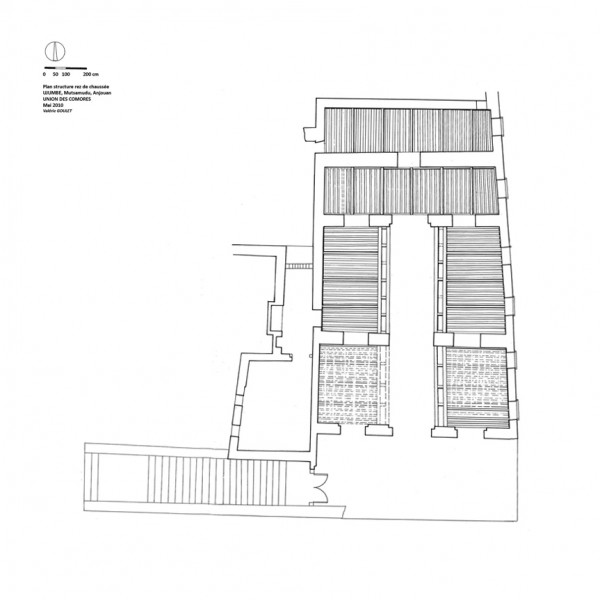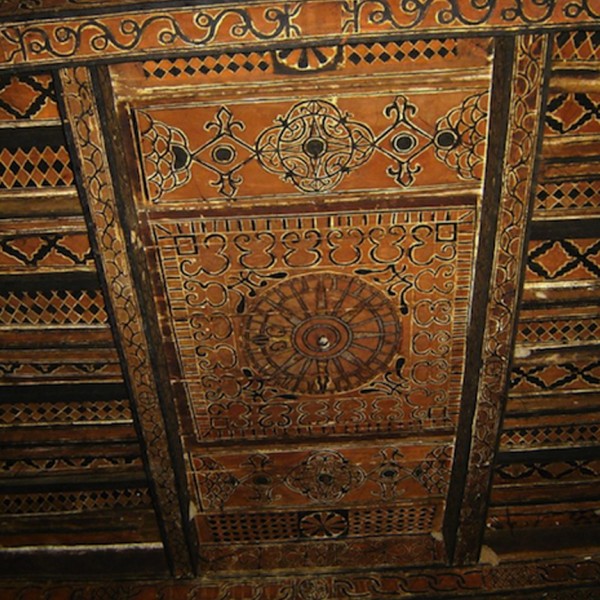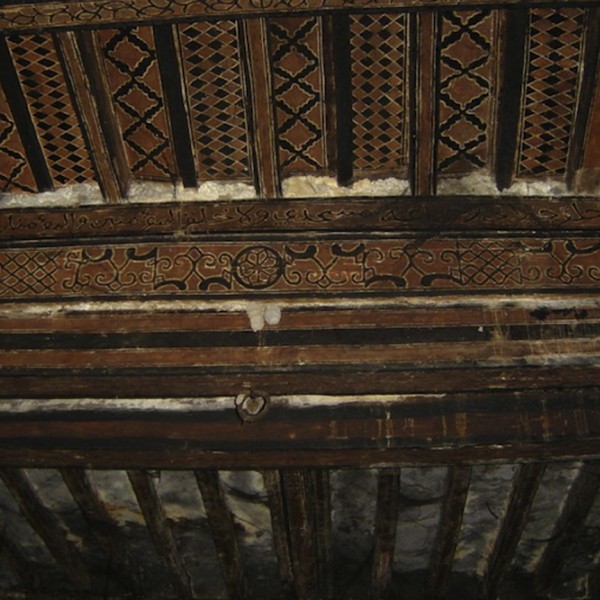Ujumbe Palace – Anjouan, Comoro Islands
This proposed project involves the restoration of Ujumbe Palace and the proposed museum to be housed within the existing structure. I worked on this proposal for Le Collectif du Patrimoine des Comores, an NGO based in Paris involved with the conservation of the heritage of the Comoro Islands.
Ujumbe Palace is a two-storey 18th-century sultan’s palace situated within the old medina of Mutsamudu, in Anjouan. This building is of great significance historically – it was in Ujumbe Palace that important treaties and decrees (several abolishing slavery), accords with France, and agreements with the United States, were effected. The building is an excellent example of the 18th-century architecture of the town. The ground floor of the building was used as the sultan’s private residence with reception space for visitors on the upper level. A skylight running down the centre of the building allows light and ventilation into the building. Externally, the building has large lime-washed walls decorated with patterns and punctured with beautifully crafted windows. A large carved door is located at the top of the stairs to the visitors’ entrance. Internally, the building possesses many examples of the high standard of craftsmanship used on the island during this period. The banaa/boriti (timber support beams) and ceilings are beautifully painted with Arabic script from the Quran. There are niches set in many of the walls, with one whole wall on the first floor completely covered with stucco niches. Crucially, this building also demonstrates the evolution of construction techniques, integrating modern construction materials and styles with more traditional methods.
Following the collapse of the front facade, this building was placed on the World Monuments watchlist. After receiving some funding from UNESCO, the collapsed front facade was reinstated providing a face once again to the street. This is important as it created awareness of the work being done by the Collectif whilst also providing skilled labour for the group of local people involved. This funding has mainly been used to secure the building from further damage.

